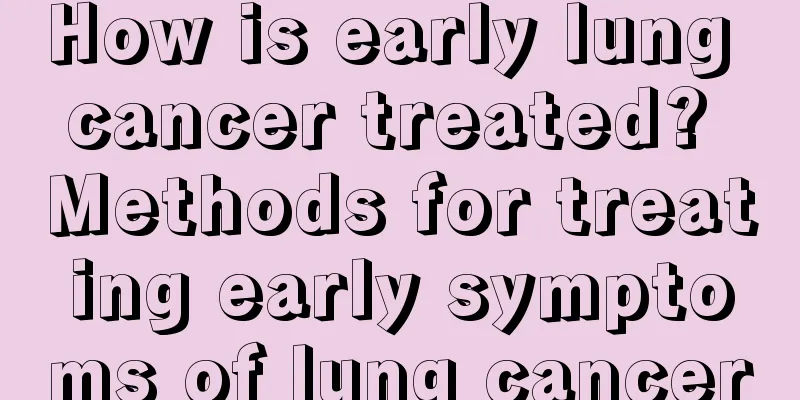Foodborne illnesses include

|
People may not have heard of the term foodborne illness. Foodborne diseases are simply diseases that are contracted into the body through food. There are two main types of foodborne diseases: viral diseases and infectious diseases. The main diseases are probably food poisoning, chemical poisoning, parasitic infection, etc. Since people consume food every day, the incidence of foodborne diseases is relatively high. Foodborne diseases refer to diseases caused by toxic and harmful substances (including biological pathogens) and other pathogenic factors that enter the human body through ingestion. It can generally be divided into infectious and toxic diseases, including common food poisoning, intestinal infectious diseases, zoonotic infectious diseases, parasitic diseases and diseases caused by chemical toxic and harmful substances. The incidence of foodborne diseases ranks at the top of the total incidence of various diseases and is the most prominent health problem in the world today. Foodborne diseases can have pathogens and can also have different pathologies and clinical manifestations. However, these diseases have a common characteristic, which is that they occur through eating behavior, which provides an effective way to prevent these diseases. A foodborne illness outbreak can affect as few as a few people or as many as hundreds or even thousands. In terms of the form of disease, microbial food poisoning is mostly collective outbreaks with a long incubation period (6 to 39 hours); non-microbial food poisoning is sporadic or outbreaks with a shorter incubation period (several minutes to several hours). 1. Food poisoning: refers to acute or subacute diseases caused by eating food that is contaminated by or contains toxic or harmful substances; 2. Food-related allergic diseases; 3. Intestinal infectious diseases (such as dysentery), zoonotic diseases (foot-and-mouth disease), parasitic diseases (trichinosis), etc. transmitted through food; 4. Diseases characterized by chronic toxicity caused by secondary large-scale or long-term small-scale intake of certain toxic and harmful substances. |
>>: Bacterial infectious diseases
Recommend
What are the symptoms of severe lung cancer? 5 symptoms of severe lung cancer
Smoking and drinking seem to have become a norm i...
How is papillary thyroid carcinoma staged? What are the symptoms of papillary thyroid carcinoma?
Stage I papillary thyroid tumors are confined to ...
Relieve hemorrhoid pain immediately
Since many people always sit for a long time at w...
What is uterine carcinosarcoma
Malignant mesodermal mixed tumor of the uterus or...
Tips for making bamboo tube dumplings
Bamboo tube zongzi is also a type of zongzi. The ...
I suddenly found my period after having sex
Now, with the development of society, people'...
How to treat thyroid cancer without surgery
Thyroid cancer without surgery usually means that...
How to get rid of mites in quilts
It can be said that mites are everywhere in life,...
The difference between moxa sticks and moxa cones
Moxa sticks and moxa cones are similar, the main ...
What should I do if my tongue coating is black?
The tongue coating is the white, fetal-like subst...
Is it good to have canine teeth? Here are three points to tell you
Beautiful teeth are a sign of good appearance. Ha...
Top ten causes of nasopharyngeal cancer
The incidence rate of nasopharyngeal cancer is ve...
Diarrhea after drinking coffee
Coffee is a very common drink in our lives. Espec...
Where is the heart in the body?
The human heart is the most important organ, beca...
What tests should be done for nosebleeds_What tests should be done for children's nosebleeds
Nosebleeds can be easily resolved or escalate to ...









